The History Of Sequential: Celebrating 50 Years of Sequential
From the Prophet-5 to Prophet-X.
This year, Dave Smith’s Sequential Circuits celebrates its 50th Anniversary! We dive into the company’s story in this History of Sequential.
In this Article:
As a synth manufacturer, Sequential has a rich heritage within the history of recorded music. This year marks the company’s 50th anniversary, so here’s a chance to look back on some of the achievements over the past decades.
The History of Sequential
It’s hard to imagine now but there was a time when synthesizers didn’t have presets. The closest you got was a piece of paper with knob positions drawn on it. Dave Smith and his Sequential Circuits company changed all that with the Prophet-5 synthesizer in the late 1970s. And that was just the beginning.
This is part of a continuing series on American giants of the synthesizer industry. Other entries have included Moog, ARP, and Oberheim. These are brief histories highlighting the cultural touchstones of the companies. There isn’t space to cover them in fine detail, although I would certainly love to. Please forgive me if I don’t mention your favourite Sequential instrument here. (It’s the Max, isn’t it?)
The History of Sequential: Starting The Circuit
The San Francisco Bay Area is well-known as the incubator for a number of high-profile technology companies, with Hewlett-Packard, Apple, and Google all getting started in this Northern California enclave. One that is often forgotten in the grander scheme of things is Sequential Circuits, which in my opinion has just as much garage-founder cred as the others.
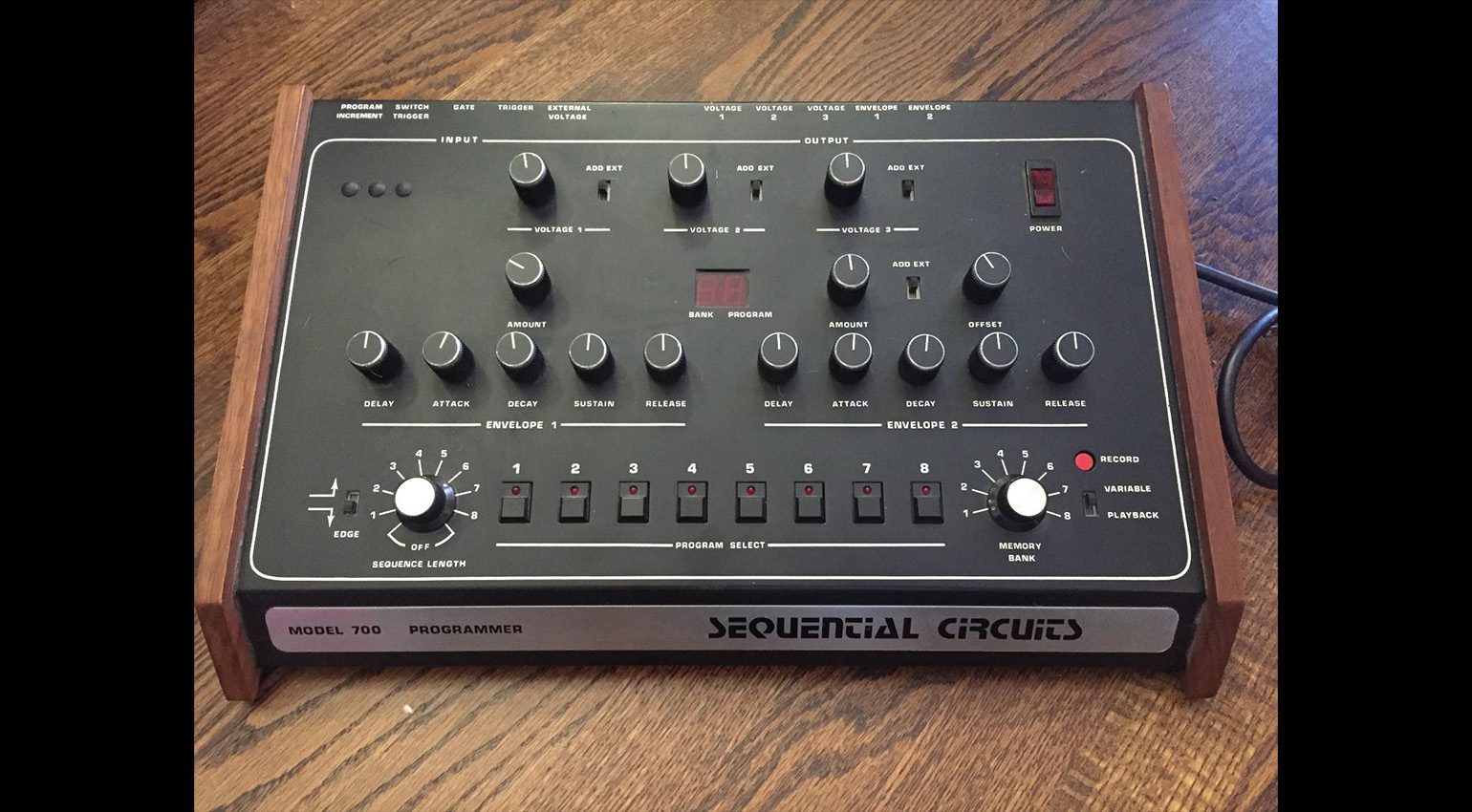
Started in San Jose in the mid-1970s by computer software and electrical engineer Dave Smith, Sequential began as a way for Dave to combine his two interests, music and electronics. Like Tom Oberheim, his first products were sequencers, first an analogue (1974’s Model 400) and then a digital one (1975’s Model 800).
In 1976 he made the Programmer Model 700, designed to be used with the Moog Minimoog and ARP 2600. Although it featured eight memory slots for saving patches, it used discrete logic and not microprocessors, which would eventually be Dave’s big breakthrough.
The History of Sequential: From Prophet To Profit
The 1970s was a time of great advancements in synthesizers, with the latter half of the decade seeing polyphonic instruments becoming more and more popular. The real issue, however, was memory.
Dave Smith hit on the idea of using microprocessors to save patches and, as no other company seemed to be moving in that direction, he and his partner John Bowen did it themselves, designing the Prophet-5 in 1977 with Z80 chips inside to store presets.
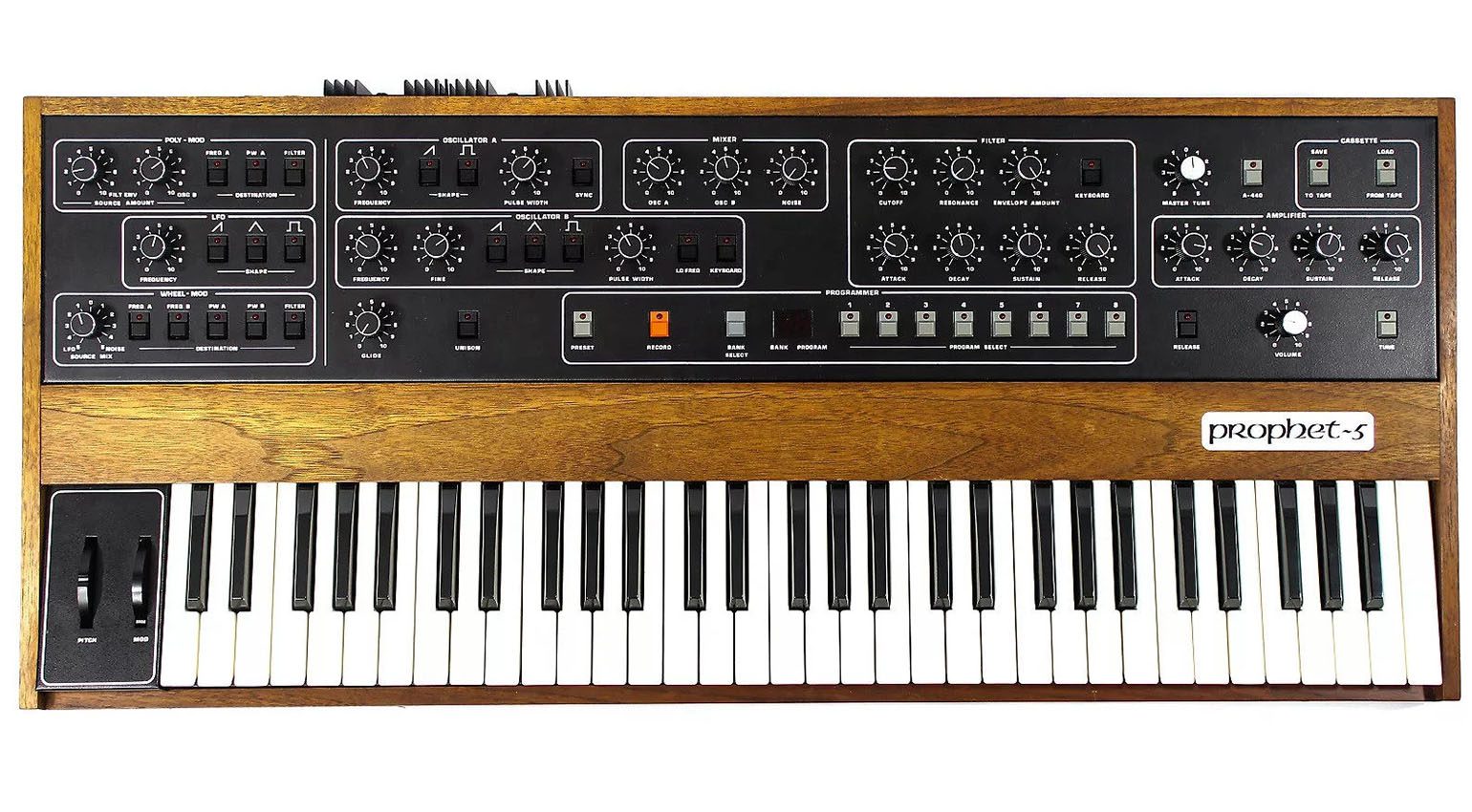
It was an instant hit, with Sequential Circuits going from an unknown company to one of the top in the country almost overnight. This is because the five-voice Prophet-5 was more than just microprocessors.
With its two oscillators per voice, four-pole resonant lowpass filter, and unique poly-mod section, it was an incredible-sounding instrument. It soon became the synth to have and is all over the popular records of the day, from pop, rock, and new wave to soul, funk, and hip-hop.
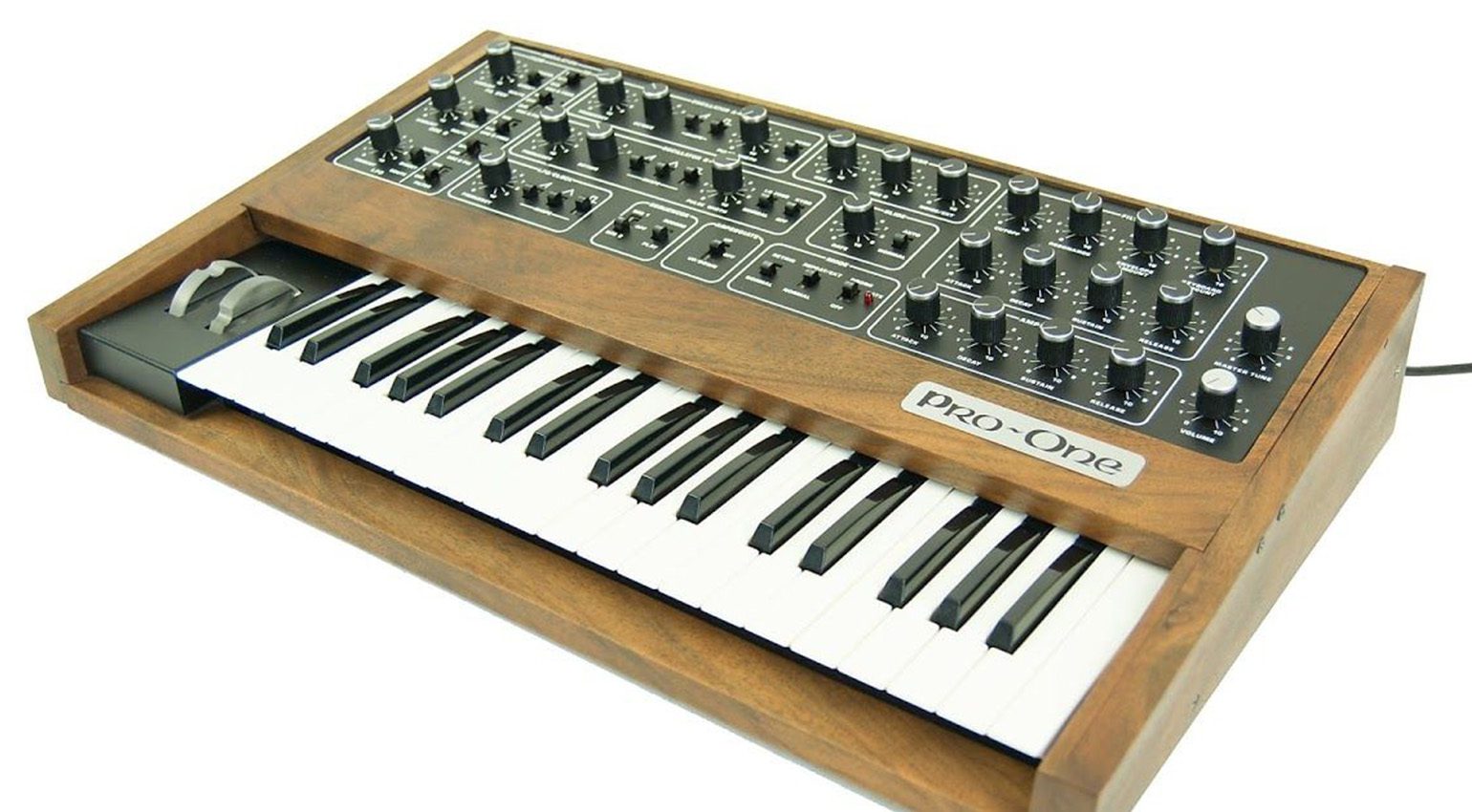
In 1981, Sequential broke the Prophet-5 out into a monophonic synth and called it the Pro-One. The two-oscillator synth was a monster for bass and found its way into plenty of live rigs—again, across genres.
Continuing the Prophet party, in 1983 Sequential took the MIDI specification that Dave had been working on with Roland and put it in the Prophet-600, a six-voice affordable analogue poly recognized today as the first MIDI synth.

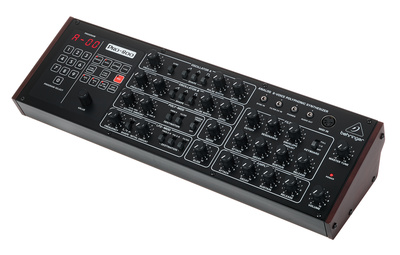
The History of Sequential: ‘80s Doldrums and Digital Delights
The 1980s saw a trend of companies releasing more affordable analogue synthesizers. Sequential jumped on board, debuting instruments like the Six-Trak, Max and Split-Eight that made use of CEM chips to save on costs.
Unfortunately, they were not terribly popular. This, along with experiments with computer peripherals and digital effects, contributed to financial woes for the company.
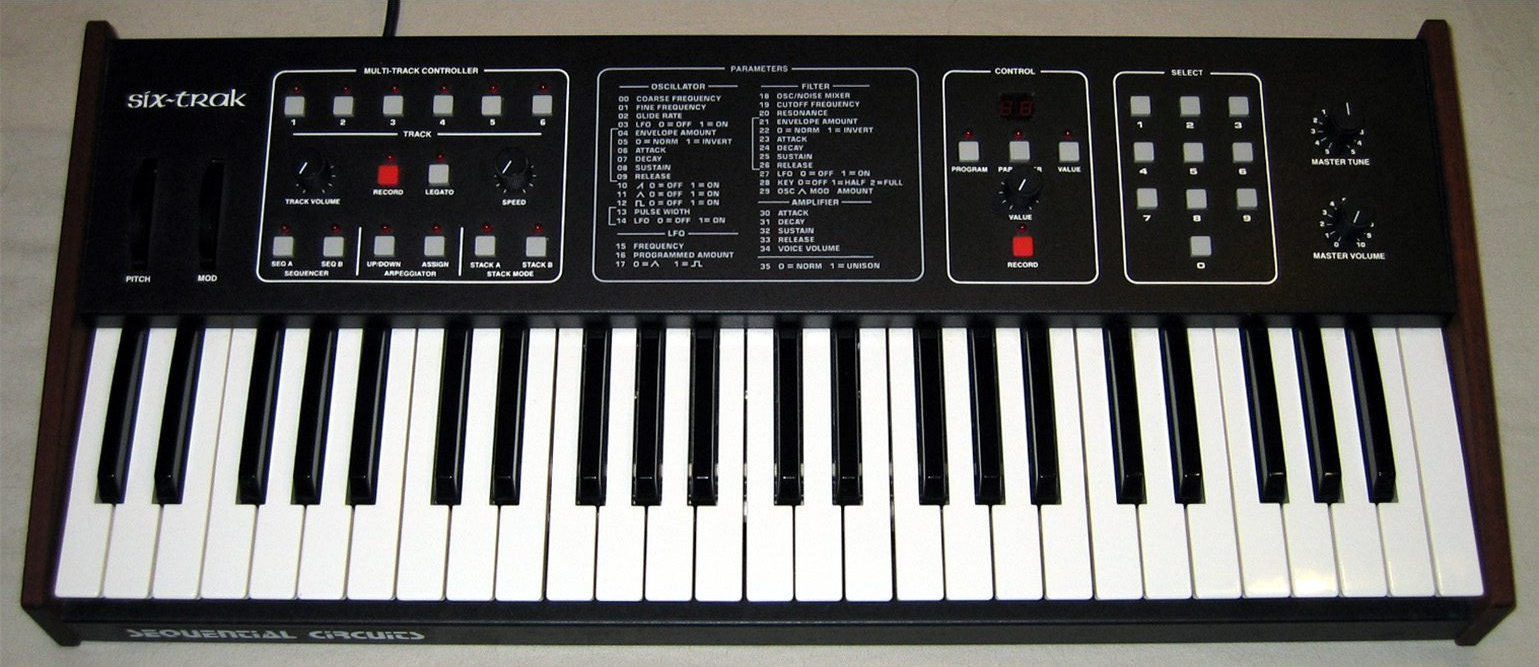
There were high points too. As with other ‘80s companies, Sequential made waves with digital synthesis—digital waves. The Prophet VS, released in 1986, married digital waveform samples to analogue filters. Its vector synthesis, which allowed you to crossfade between four different waves, was unique, as was the sparkly and aliasing-heavy sound of the synth.
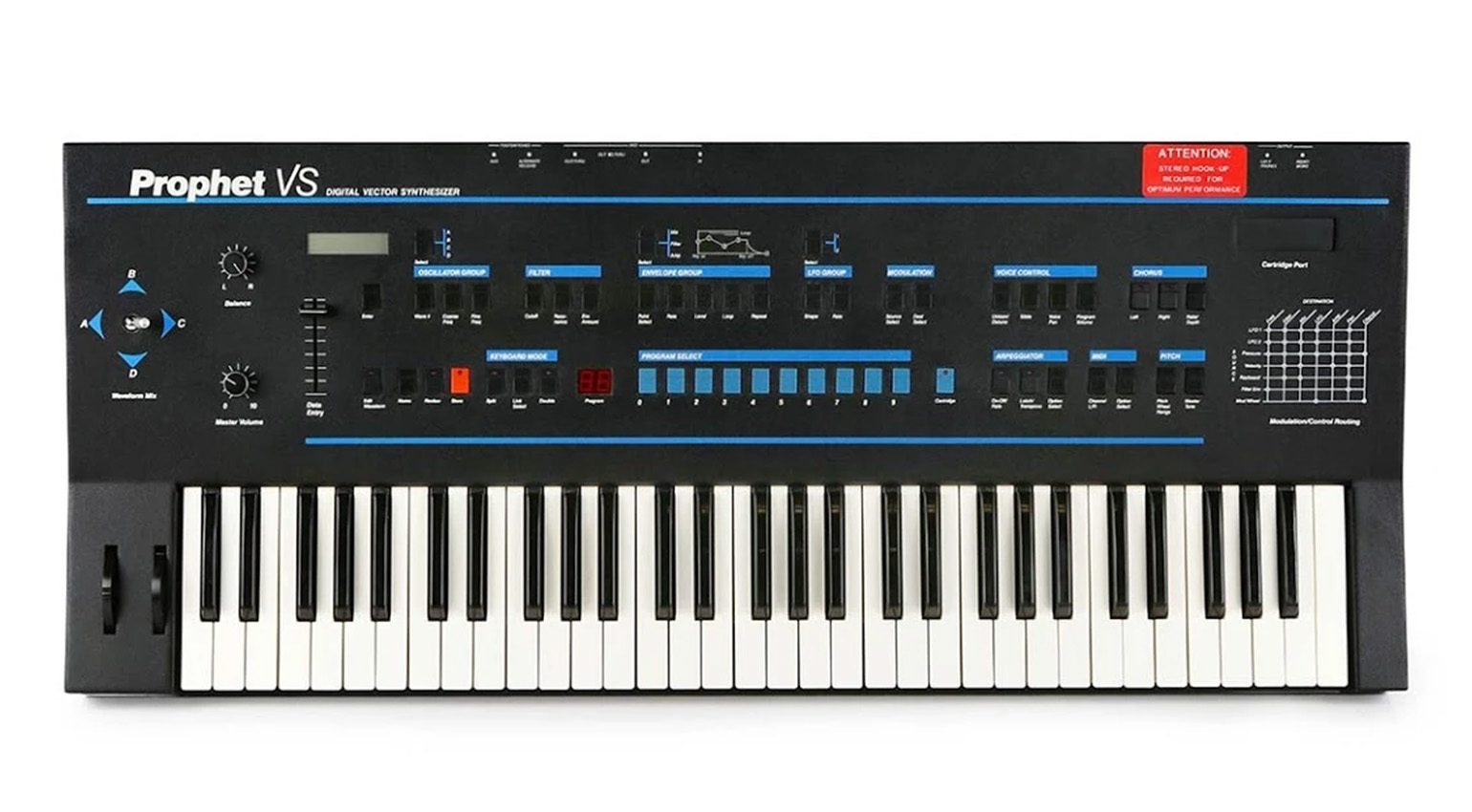
Sequential also got into samplers, releasing the Prophet 2000 and rackmount Prophet 2002 in 1985. In 1987 came the desktop Studio 440 and Prophet 3000 just as Sequential was going out of business.
Yamaha bought Sequential Circuits in 1987, bringing Dave and many of his crew onboard. One instrument to come out of this was the SY22 (1990), a vector synth that combined samples and FM synthesis. The team then jumped to Korg, where they built the 1990s Wavestation, another vector synth and a big hit for Korg.
The History of Sequential: Dave Smith Instruments
After several years working on software synths at his Seer Systems company, Dave returned to the world of hardware instruments in 2002 with the Evolver, a monophonic instrument with both analogue and digital oscillators.
Released under the Dave Smith Instruments brand (Yamaha still owned the name Sequential Circuits), it was the start of a Dave Smith rebirth, one that saw him explore the Evolver concept through a number of instruments. He also brought back the Prophet name in 2007 with the Prophet ’08, an eight-voice, two-DCO analogue synth.
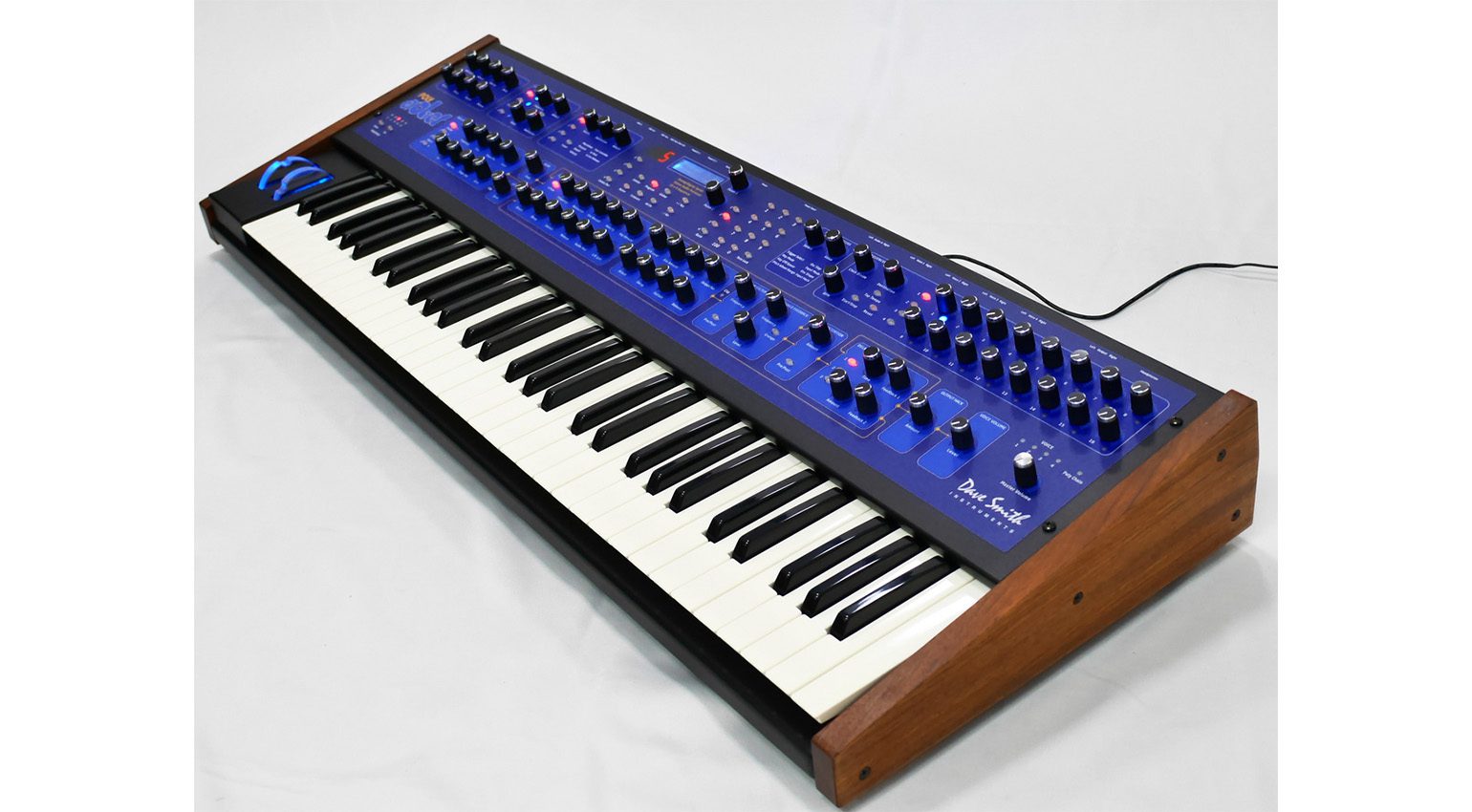
The History of Sequential: Return Of The Name
In 2015, after some prodding by Roland head Ikutaro Kakehashi, Yamaha returned the Sequential name to Dave Smith in a gesture of goodwill. The name subsequently appeared on the 2015 releases of the Prophet-6 and then 2016’s OB-6, the latter made in partnership with Tom Oberheim (read more about that here). Dave made the company name change official in 2018, shortening it to a more modern-sounding Sequential.
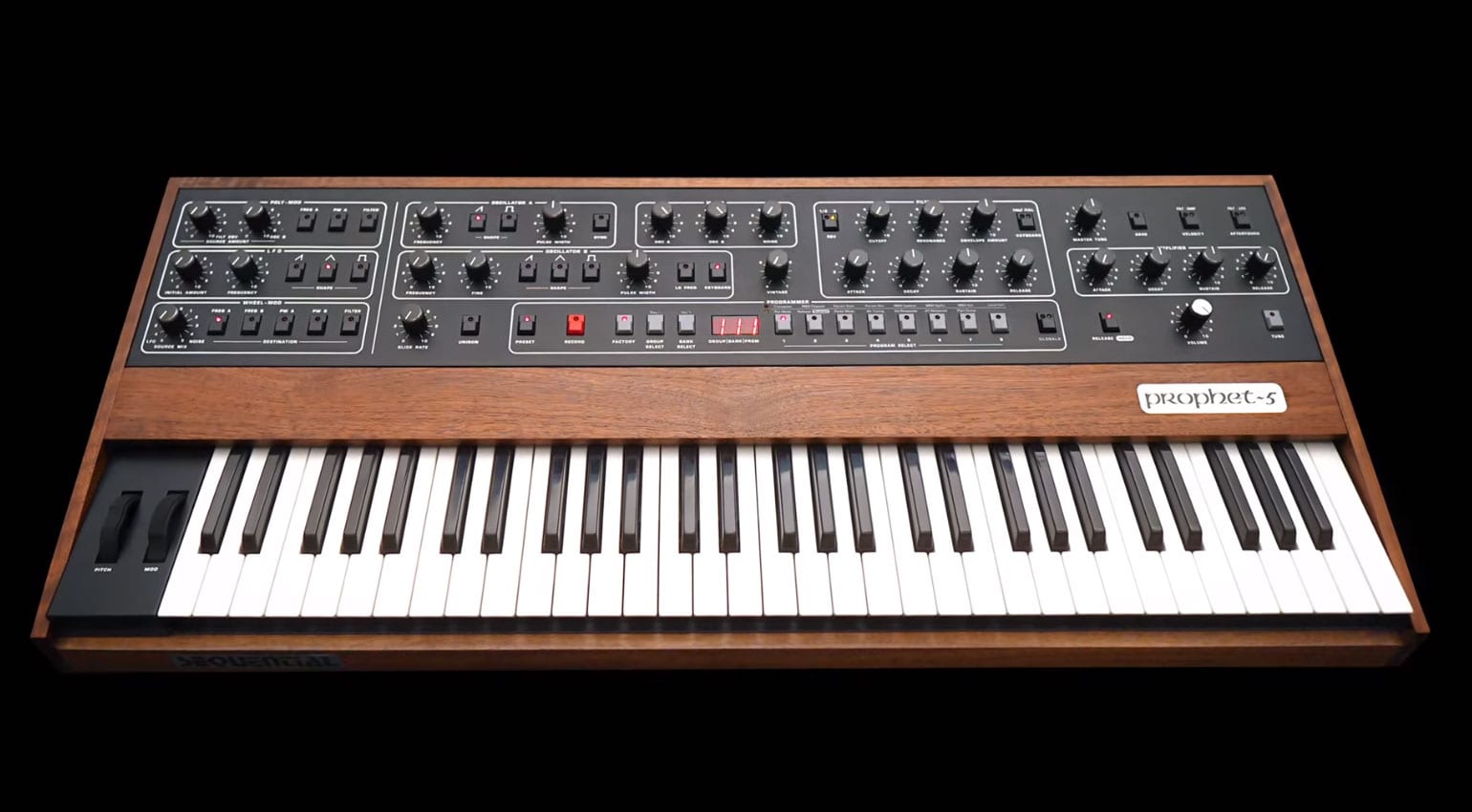
The Prophet-6 was a tribute to the original Prophet-5 but made in a modern way. “It’s the result of our effort to build the most awesome-sounding, modern analogue poly synth possible,” Dave said. Modern features include effects, a polyphonic step sequencer and an arpeggiator to flesh out the classic oscillators, filters and VCA.
If there’s one thing the last decade has been about, it’s remaking classic synths. In 2020, Sequential gave the people what they wanted with an official re-release of the Prophet-5 (and 10-voice Prophet-10). Containing all three original revisions plus a modern Rev 4, the new synth was classic Prophet in sound but modern in reliability.

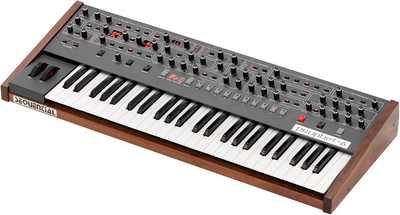

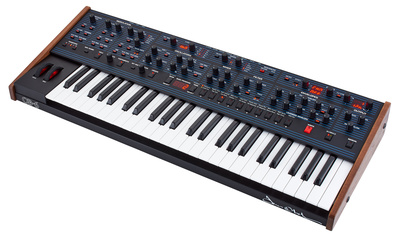

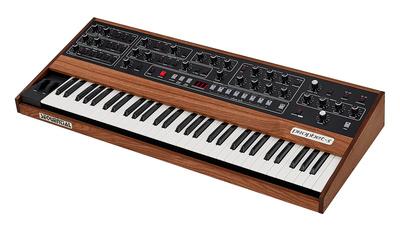

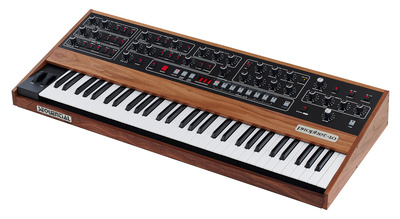
The History of Sequential: The Beat Goes On
Sequential continues to release top analogue synths, like Take 5, an affordable and compact five-voice poly, and Trigon-6, a three-VCO powerhouse six-voice poly with a Moog-style Ladder filter. Sadly, the Trigon-6 was to be Dave’s last design, as he passed away in 2022 at the age of 72.
Sequential is very much still in business though. Having been sold to Novation in 2021, it continues to release instruments and—we assume—design new ones. We’d love to see more digital endeavours from Sequential like the 2018 Prophet X, which marries samples with analogue subtractive synthesis.
What started in a garage in Silicon Valley in the early 1970s has grown into a globally respected synthesizer and music instrument brand. As a San Francisco Bay Area native, I’m proud of the contributions that Sequential has made to instruments and music in general. Here’s to another 50 years of Sequential.

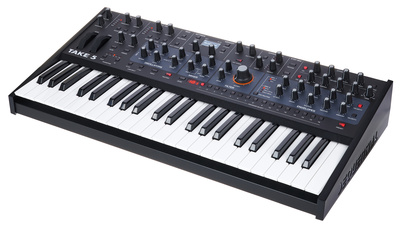

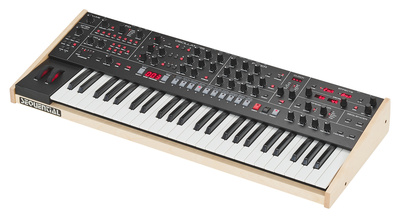
More about the History of Sequential:
- Sequential’s homepage
- All about Sequential
- All about synthesizers
*Note: This article about the history of Sequential contains advertising links that help us finance our site. Don’t worry: the price for you always stays the same! If you purchase something through these links, we receive a small commission. Thank you for your support!
2 responses to “The History Of Sequential: Celebrating 50 Years of Sequential”

 4,5 / 5,0 |
4,5 / 5,0 | 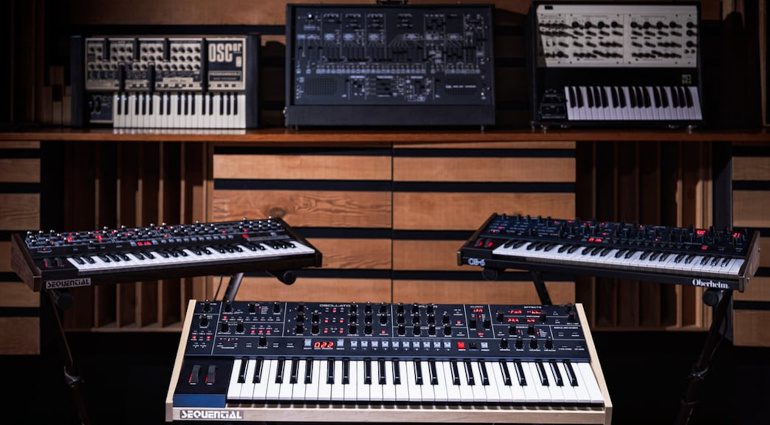


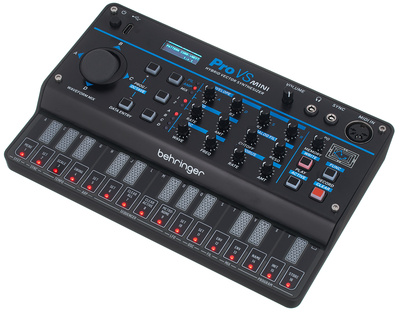
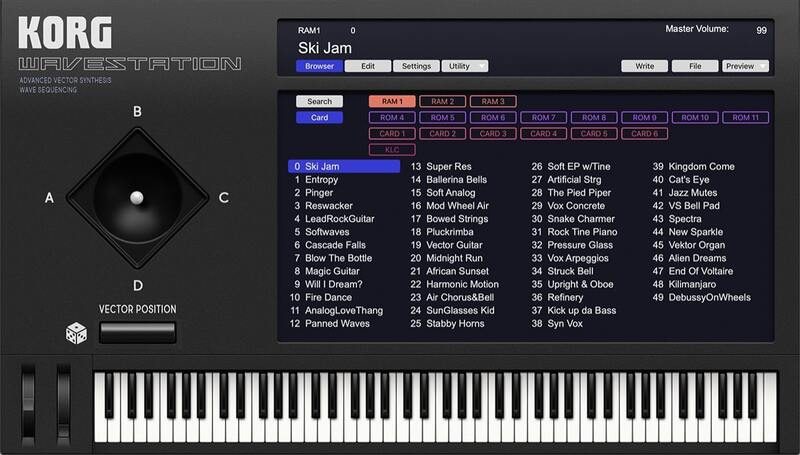

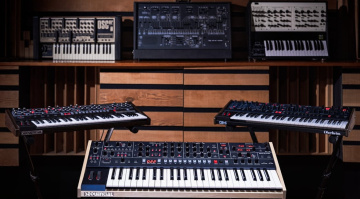

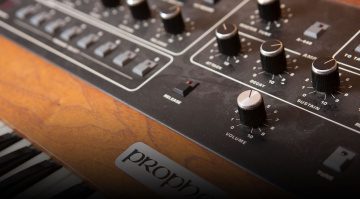
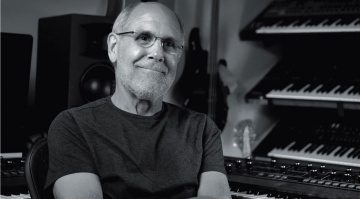
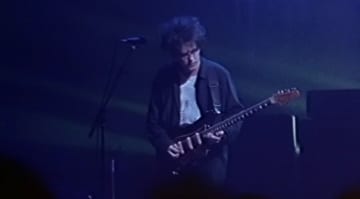
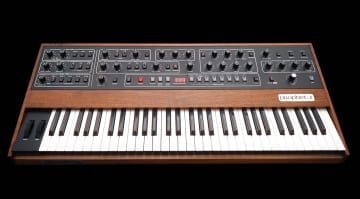
Yes Sequential is still very American, even though it’s owned by Novation, they seem to have left it alone to be itself, while providing better marketing. There’s the very high end Moog and modular stuff, the mass production Behringer stuff, and Sequential sits in-between, like Waldorf or Novation itself to some extent, all overlapping each other’s boundaries. There’s a place for all of them, but they should always remember never to forget about the people buying and using the equipment they make. It’s non-tech types who often use the gear, and the same people who create the buzz around any new or old synth. So far, so good, there’s been some excellent budget and expensive gear to grab in the last decade or so.
Where’d you get the Pro-One with wood case?
Mine not only had a cheap plastic case, but it was warped 🙁